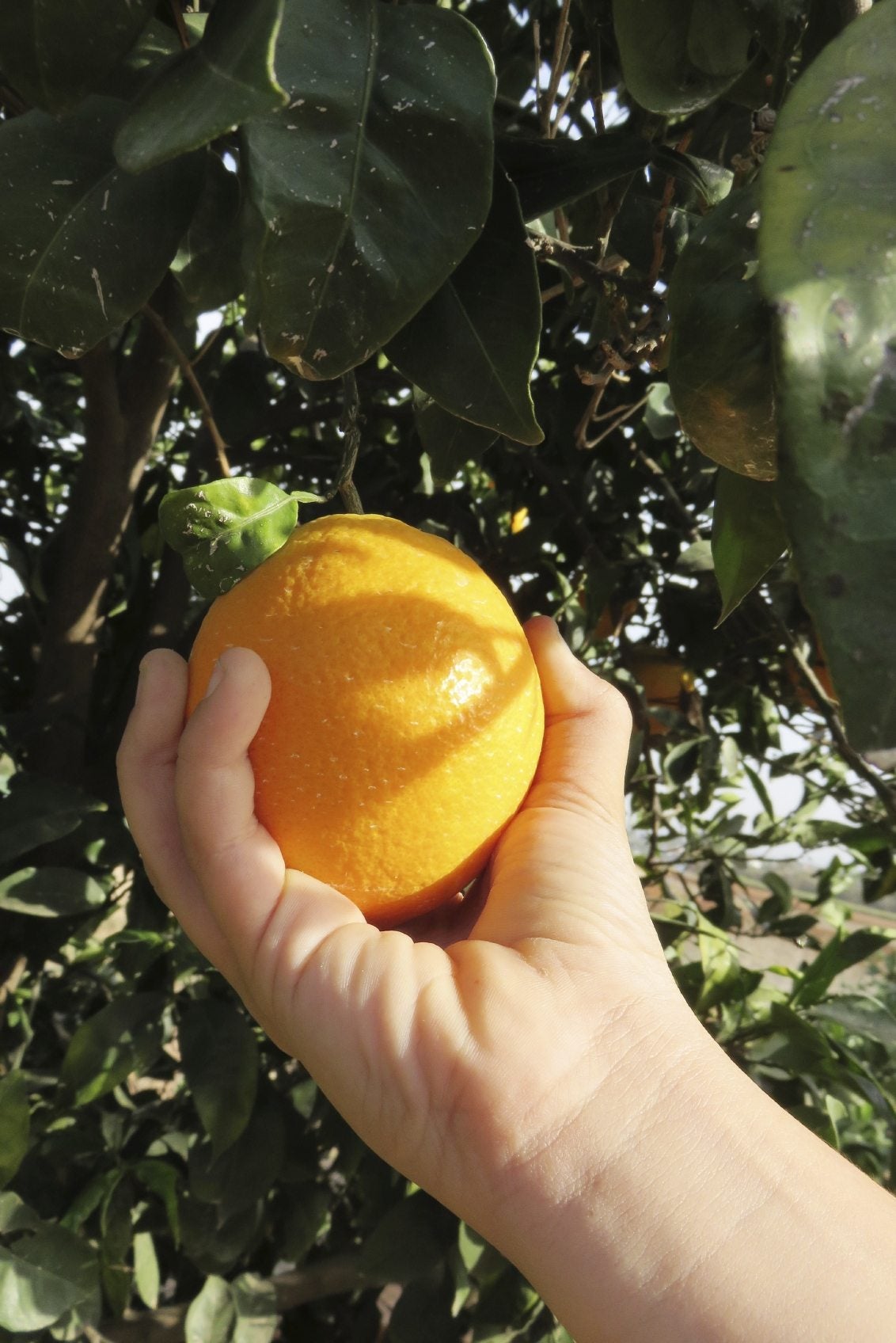Harvesting Oranges: Learn When And How To Pick An Orange

Oranges are easy to pluck from the tree; the trick is to know when to harvest an orange. If you have ever purchased oranges from the local grocer, you are well aware that uniform orange color is not necessarily an indicator of a delicious, juicy orange; the fruit is sometimes dyed, which makes things confusing. The same rule of thumb applies when harvesting oranges; color is not always a determining factor.
When to Harvest an Orange
Times for harvesting oranges vary depending upon the variety. Picking oranges may occur any time from as early as March to as late as December or January. It's helpful to know what variety of orange you have to determine the right time for picking oranges. To be more specific, these tips should help:
- Navel oranges are ready for harvest from November to June.
- Valencia oranges are ready in March into October.
- Cara Cara oranges ripen from December through May.
- Clementine oranges are ready in October as are Satsuma until December or January.
- Pineapple sweet oranges are ready for harvest from November to February.
As you can see, determining which type of orange you have gives you a hint as to when the fruit is ready. In general, most orange harvest takes place between late September and onward into early spring.
How to Harvest Oranges
Knowing how to pick an orange that is ripe can be tricky. As mentioned above, color is not always an indicator of an orange's ripeness. That said, you don't want to pick green fruit. In many cases, the ripe fruit will simply drop from the tree. Check the fruit for mold, fungus, or blemishes.
Choose an orange to harvest that smells sweet, fresh, and citrusy, not moldy. The surest way to check to see if an orange tree is ready to be picked is to taste one or two fruits before you harvest the entire tree. Remember, citrus does not continue to ripen once removed from the tree.
To harvest your oranges, simply grasp the ripe fruit in your hand and gently twist it until the stem detaches from the tree. If the fruit is too high, use a ladder to climb as far up as you can and shake the branches to loosen the fruit. Hopefully, the fruit will fall to the ground like citrus manna from heaven. If the skins of your oranges tend to be very thin and, thus, easily torn, it is best to use clippers to cut the stems.
Some varieties of oranges do well to just leave the ripe fruit on the tree for a few months longer instead of harvesting the entire tree at once. It's a great storage method and often the fruit just gets sweeter.
Sign up for the Gardening Know How newsletter today and receive a free copy of our e-book "How to Grow Delicious Tomatoes".
Go ahead and gather fruit that has dropped from the tree to the ground. Inspect it for broken skin. Discard any that have open wounds, but the rest of them should be just fine to eat. And that, citrus growers, is how to pick an orange.

Amy Grant has been gardening for 30 years and writing for 15. A professional chef and caterer, Amy's area of expertise is culinary gardening.
